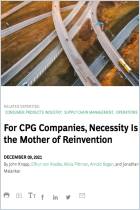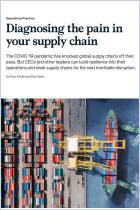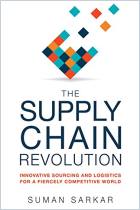The COVID-19 pandemic changed, or at least escalated ongoing changes to, the way people shop. Consumers want a wide variety of product choices to be available all the time, and when they make their decision, they want their product delivered to their home right away. If your company doesn’t deliver, they’ll find one who can. In this special report, the Boston Consulting Group will give you a better idea of how to dial in the right supply chain capabilities, so you can continue operating in a post-pandemic world.
As online sales supplant physical sales, supply chain management becomes increasingly vital to gain a competitive edge.
With an increase in e-commerce, consumers have come to expect a diverse inventory, low prices and immediate delivery from omnichannel retail, and if they don’t get it from one company, they’ll find it with a competitor. These conditions have led to unprecedented difficulties in predicting demand. Demand volatility increased by 70% between 2013 and 2019, and according to a study of Boston Consulting Group clients, the COVID-19 pandemic increased volatility by another 50%.
Consumer Packaged Goods (CPG) supply chains were designed to handle a few, full-truck deliveries to brick and mortar stores – now, they’re absorbing the costs of increased inventory needs and smaller, more frequent on-demand deliveries. When an item is out of stock, even once, the consequences are staggering – consumers will abandon online carts and go elsewhere. Supply chain management is more important now than ever before.
Mastering intricate e-commerce supply chains will require steady communication between commercial and supply chain teams...
Thomas Kock Kingombe, Arnold Kogan and Michael Hu are professionals with the Boston Consulting Group, located, respectively, in the Copenhagen, New York and Los Angeles offices.





















Comment on this summary or Démarrer une discussion